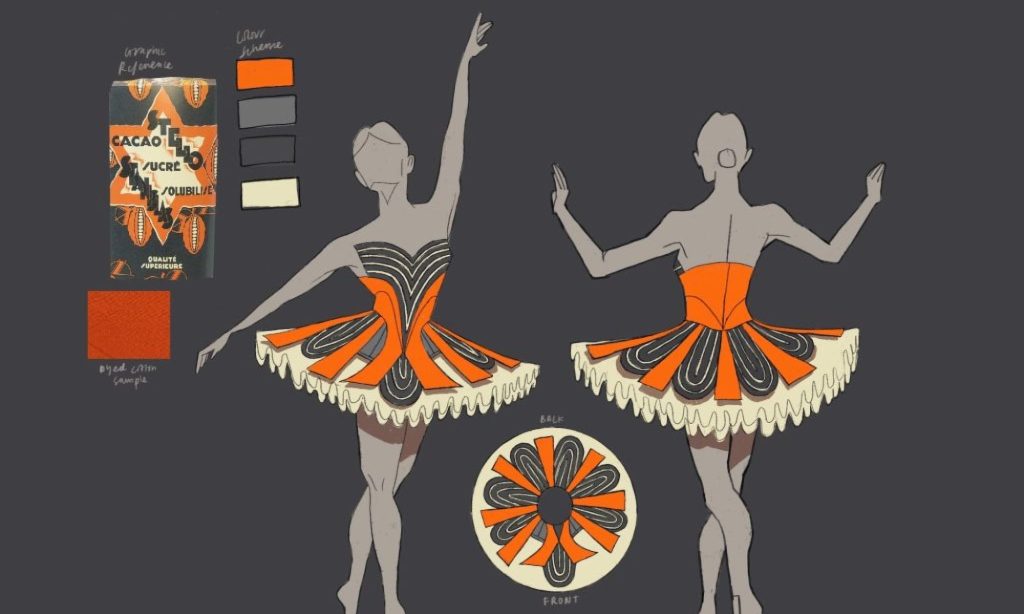Dance in the Renaissance period were interwoven across Europe, such were many fashions/trades of the time. Each region of Europe influenced each other at different times and we have to turn to written records for any great detail. Unfortunately, these records would have been written by the wealthy and educated so once again, we have limited knowledge of how the common people of this era enjoyed dance.
Burgundy and France – In Burgundy, dance had an important place in court life. This particular dance is known as the “basse dance” and is the best documented dance from the 15th century: it is performed by nobles and is a measured and steady dance with the intent that such movements display their magnificence. Usually this dance would be performed as couples but there are more ambitious routines were varying numbers of dancers part, come together, circle each other, and continue executing these movements to draw patterns with their bodies. Typically films set in this era will show the more complex form of the basse dance when noble people are seen partying.
Italian Dance – In the second half of the 15th century, a new style of dance was invented that combined the bassadanza with elements of popular dance. Today, such a dance is commonly known as the “Italian ballo”. It wasn’t unusual for these dances to accommodate up to 10 dancers and spread throughout the courts of Italy, with variations occurring depending on the regions the dance was performed in.
Dance in England – English traditions of 15th century dance can be found in the Gresley manuscript that documents 92 dance titles but only 26 choreographies, music, and surprisingly, no step descriptions. There is far less detail written about English dances during the Renaissance than any other European country and it is believed that the reason is because the dances were so well known that there was no reason to write them down.

